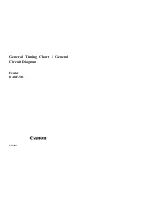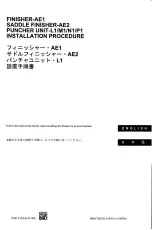
4.0 Placing the Battery Safely
975-1044-01-01
11
4.0 Placing the Battery Safely
Position the battery and devices that will connect to the battery
in a way that the battery cables avoid sharp bends. Follow the
bend radius recommendation below. Aside from battery cables,
it is good practice to apply the same bend radius to
communication cables as well.
Figure 5 Bending Radius
TIPS
:
n
A cable’s bend radius should be no less than eight (8)
times the outside diameter of the cable used. More
specific details can be supplied by the cable and wire
manufacturer for your specific scenario.
n
As it is not normally possible to have such a large bend
radius in many installations due to limited space, getting
as large a bend radius in as much as the space allows is
ideal.
5.0 Installing DC Protections
for the Battery
Battery protection devices such as properly rated DC fuses,
DC disconnect devices, or DC breakers are required to protect
the battery from overcurrent scenarios. Here are some basic
definitions:
n
(
A
) DC fuses are fuses specifically rated for DC and
come with their own fuseholders. Fuses are replaced
when they blow. Fuses are installed together with a DC
disconnect device. See
below.
n
(
B
) DC disconnect devices are binary switches that are
either open (OFF) or closed (ON) to stop or allow DC
current to flow, respectively.
n
(
C
) DC circuit breakers or simply DC breakers are arc-
reducing electromechanical switches that trip (open fast)
with overcurrent and are reset (closed) manually. See
below.
A
B
C
IMPORTANT
:
n
The battery protection device should be installed inline
with the positive cable of the battery.
n
Ideally the protection device should be installed as close
as practicably possible to the positive terminals of the
battery.
n
c
Do not manually operate these protection devices
while there are active DC loads and/or charging devices
connected to the DC bus. For example, an engine
mounted alternator that is connected to the DC bus may
sustain damage if the protection devices are closed and
opened while in operation. Turn off the engine first.
Figure 6 DC fuse and DC disconnect
Figure 7 DC breaker












































